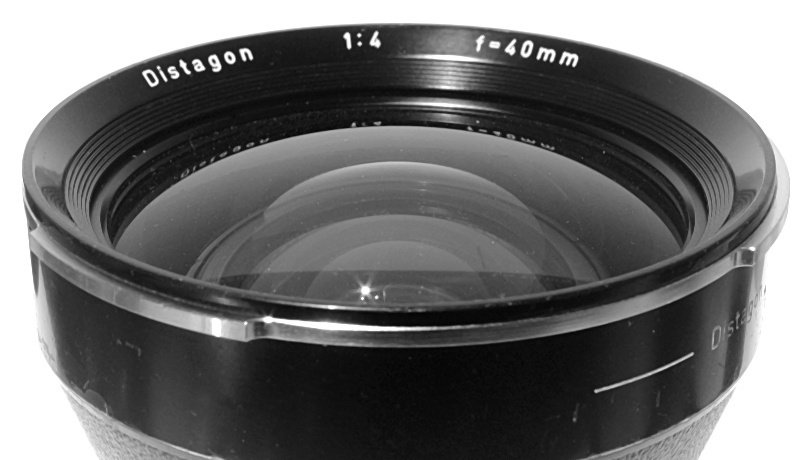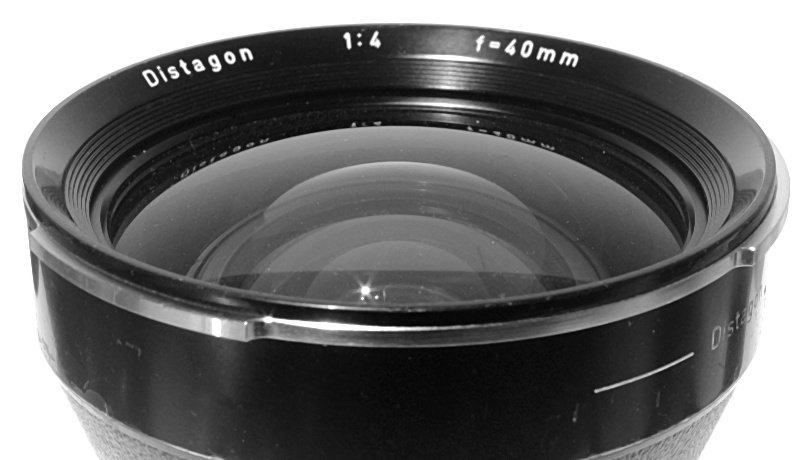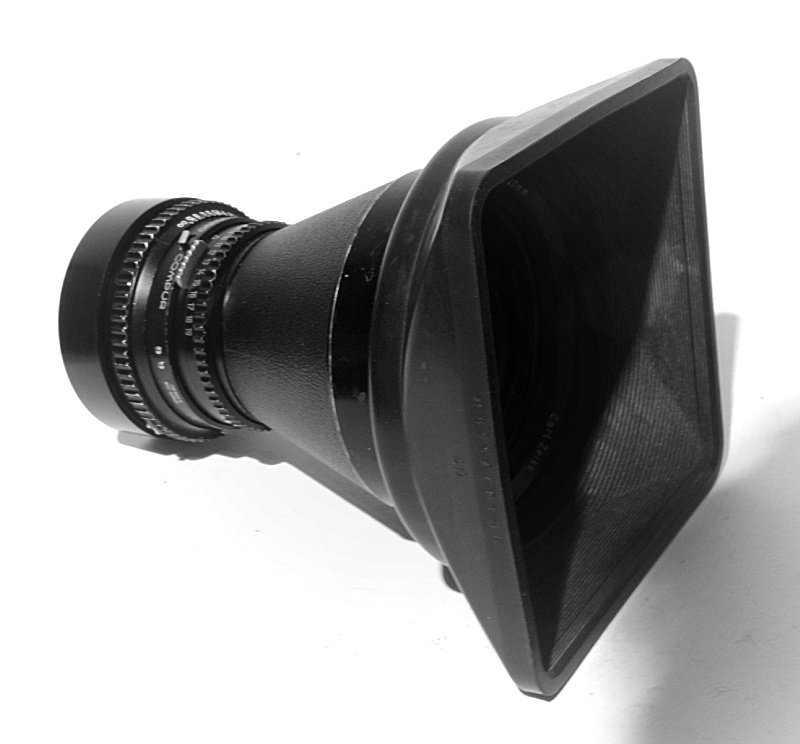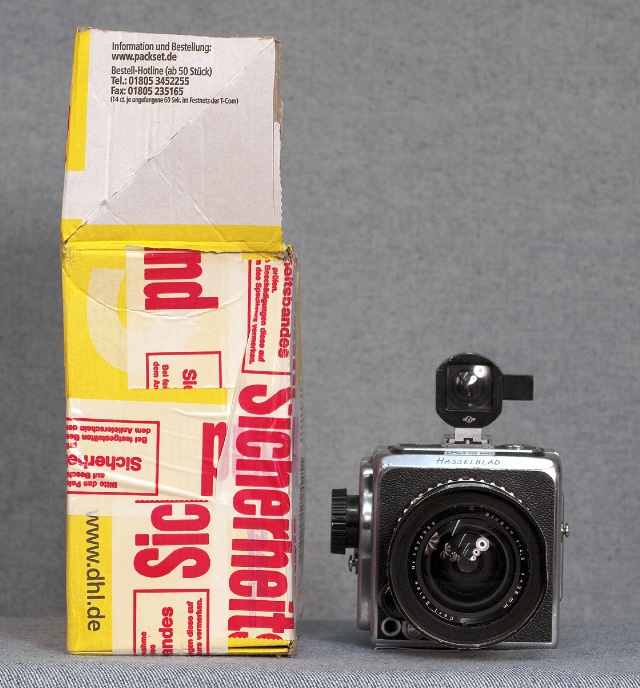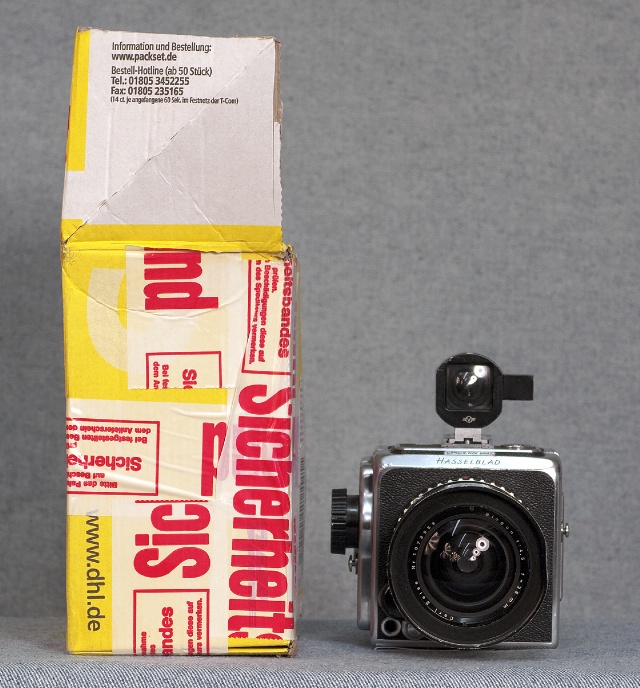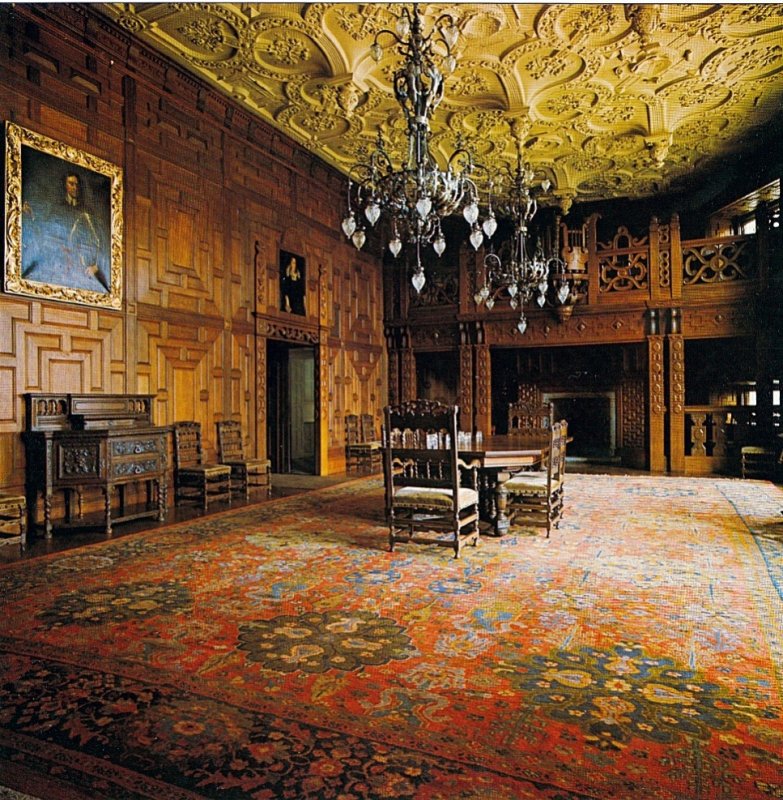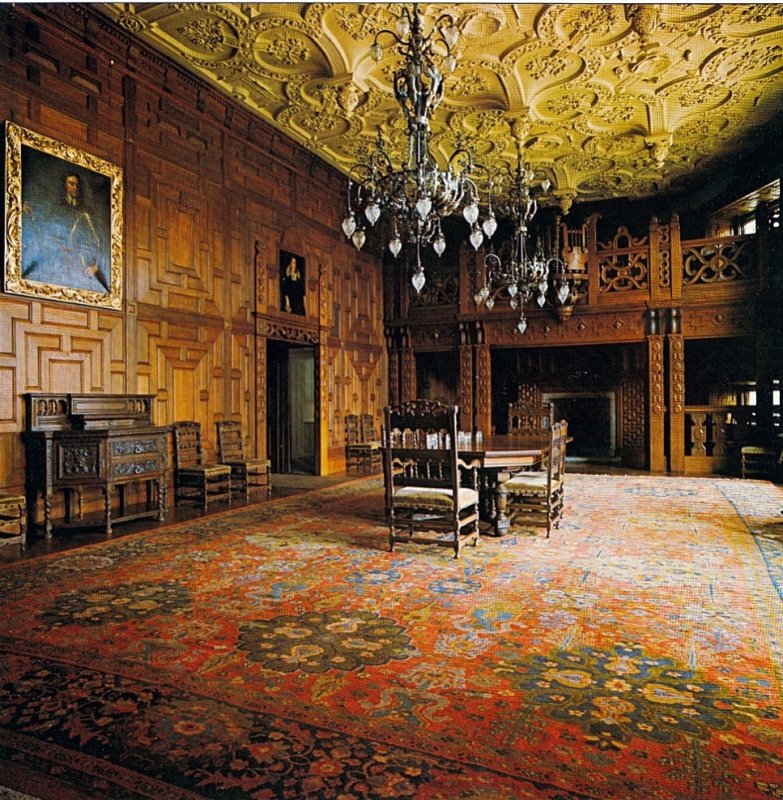paulrobinson1959
New Member
Just bought on ebay a Zeiss Distagon C 40mm f4. It was advertised originally with T* coating; unofortunately I only noticed after purchasing that the seller had revised his description that the lense was uncoated.
I understand from Norton (Hasselbald System Compedium) that the T* coating made a significant improvement. I am not sure whether Norton based this on sales or technical data from Zeiss/Hasselblad. What are the thoughts of those who have used both. I guess the coating will have some improvement in reducing flare, but does this improvement discount the earlier version without the coating.
Put it another way. Do I keep the lense or re-sell it for a T*coated version?
I am beggining photography again after a 25 yr absence as a beginner starting to shoot 35mm with Olympus OM1 and OM2 (which I still have). Though this is my first attempt at MF and I am just getting together ny kit slowly.
I want to do mainly landscape and also some architecture in monochrome and so far I have a 205FCC, with 2 E12 backs, 110mm f2 planar (FE version); Polaplus polaroid back. In addition, I also aquired an XPAN 11 with 45mm lense - while waiting for a 205FCC to appear on the market for sale. I have just bought a Gitzo tripod and a LowPro NatureTrekker to carry it all in. I hope soon to add soon a 50mm f2.8 Distagon (FE) version which is advertised by a dealer at a reasonable price.
Your collective espertise and thoughts would be greatly appreciated.
Paul
I understand from Norton (Hasselbald System Compedium) that the T* coating made a significant improvement. I am not sure whether Norton based this on sales or technical data from Zeiss/Hasselblad. What are the thoughts of those who have used both. I guess the coating will have some improvement in reducing flare, but does this improvement discount the earlier version without the coating.
Put it another way. Do I keep the lense or re-sell it for a T*coated version?
I am beggining photography again after a 25 yr absence as a beginner starting to shoot 35mm with Olympus OM1 and OM2 (which I still have). Though this is my first attempt at MF and I am just getting together ny kit slowly.
I want to do mainly landscape and also some architecture in monochrome and so far I have a 205FCC, with 2 E12 backs, 110mm f2 planar (FE version); Polaplus polaroid back. In addition, I also aquired an XPAN 11 with 45mm lense - while waiting for a 205FCC to appear on the market for sale. I have just bought a Gitzo tripod and a LowPro NatureTrekker to carry it all in. I hope soon to add soon a 50mm f2.8 Distagon (FE) version which is advertised by a dealer at a reasonable price.
Your collective espertise and thoughts would be greatly appreciated.
Paul
